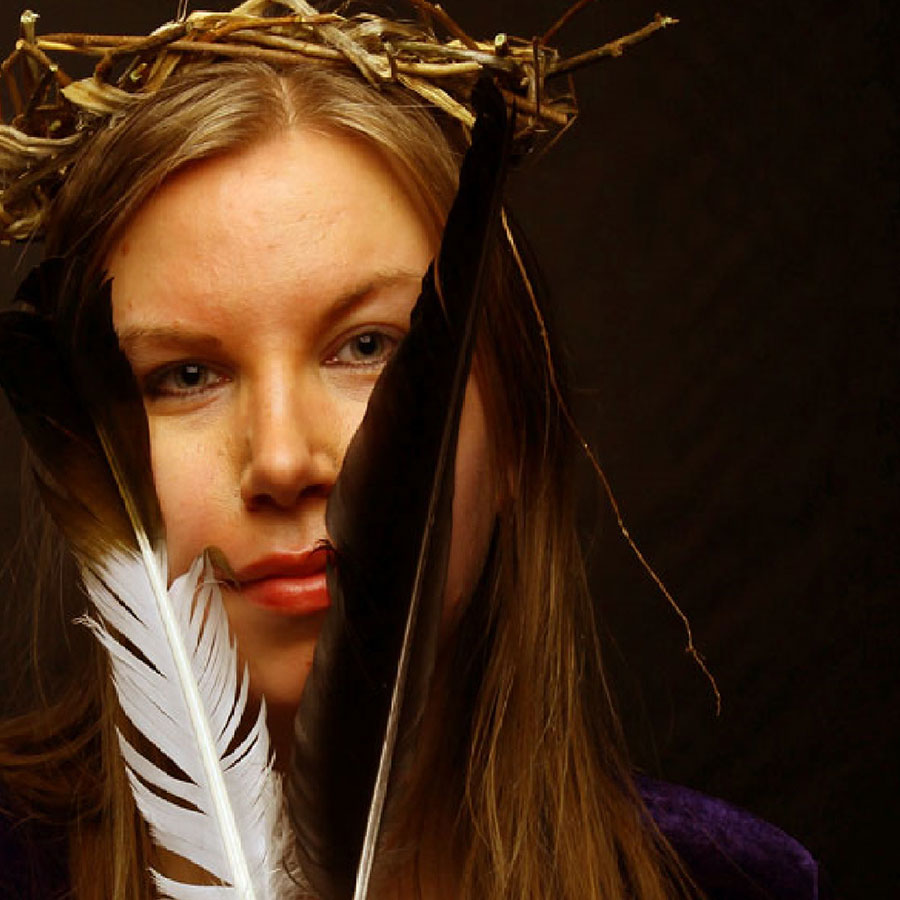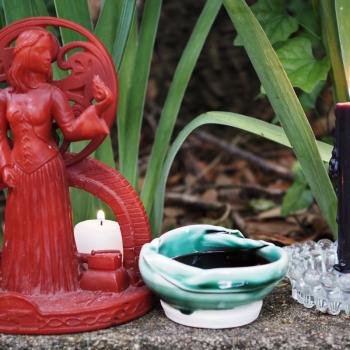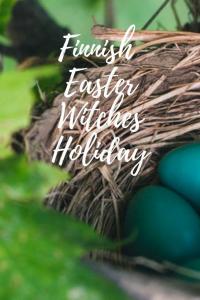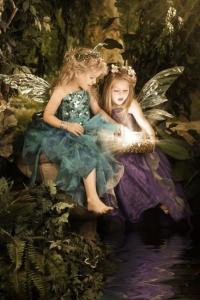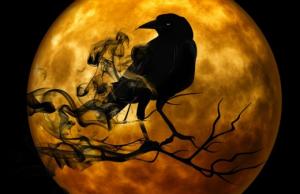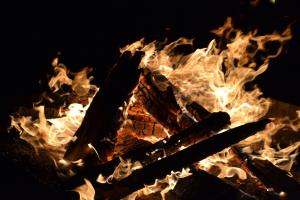
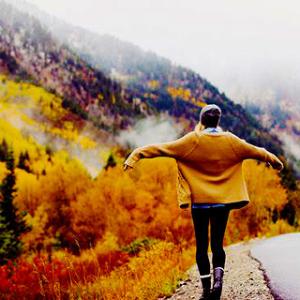
Abjumidas
In Latvia festival, Abjumidas – began the autumn season. Abjumidas was celebrated to honour the god Jumis. He was the pagan god of harvest and fertility and he was celebrated during the autumn equinox between the 22-24th of September.
Mikeli
October first Mikeli or the day of St.Michael was named after both a Catholic saint and the archangel Michael. It is very likely that originally Mikeli was a nature spirit. In Latvian folk belief, St.Michael was the receiver of souls. Before the arrival of Christianity in Latvia that was the job of the god Jumis.
In both Finland and in Latvia Mikeli was the “gate to winter” and all the farm work had to be finished by Mikeli.
Velu Laiks
In Latvia, people believed that there was a period in autumn when all the spirits of the dead wandered on the earth. Velu Laiks means time of the dead and it was followed by Ledus likes the time of the ice. After Ledus likes it was safe to walk on ice.
Martini
Martini also known as Martindiena was celebrated on November 10th. In Finland day is known as Martinpäivä and in Estonia as Mardipäev. Martini was named after the Catholic St.Martin of Tours or Martin Luther, the founder of Lutheranism. Day of St.Martin is celebrated all over Europe but the holiday itself is way older and the name of it is based on the French word morti and Latin mori meaning death. In pre-Christian times in Latvia, Martini was celebrated to honour the horse god Martinš. He was a dual god. In the springtime, he would turn into god Usinš.
During the night of Martini, young ladies threw their skirts to the floor before going to bed and in the dream, their future spouse would pick it up.
Festivities included masquerade parades, sleigh riding, dances and preparing lots of food. There were also parades going on around Martini. Big martis were grown-ups and small martis were children. Martis were people who painted their faces and dressed up as spirits of the dead. These parades were common in other countries as well like Austria, Germany, Finland, Holland, Sweden and Estonia.

Mikonpäivä
In the old Finnish wheel of the year, Mikonpäivä/Mikkelinpäivä the day of St.Michael was celebrated on the 29th of September. In southern Savonia, this day was known as pässinpäivä the day of the ram.
Mikonpäivä started the winter season and was known as the gate to winter and the opposite of it was Hela, the May festival which was a gate to the summer.
The Finnish wheel of the year was based on agriculture and farming. Mikonpäivä was the time when people moved from outdoor work to indoor work. Mikonpäivä started the last harvest period.
After Mikonpäivä there was runtuviikko which was a free week for the servants. Runtuviikko included parties, dances, and meetings and many couples got married.
Mikonpäivä was an important day for the shepherds because it was their last working day. To celebrate they lit bonfires in the hills. There were all kinds of superstitions connected to Mikonpäivä. Livestock had to be brought inside before sunset. People were dressed up to their best and when they took animals inside they sang protection spells for the cattle. An arch was made of tree branches and put upon the gate that lead into the stables. Horses had to walk underneath the arch for protection.

Sacrifices were made for the elves and spirits. Ancestors were thanked for protecting the cattle and keeping the livestock healthy. Sacrifices were a bit different in different parts of the country. In some areas, drops of vodka and bread were left for the elves and in some areas, silver was given. In the morning, porridge was left for the house elf into riihi (the building where rye was dried).
In Eastern, Finland Mikonpäivä was the day of the ram and sheep and rams were sacrificed. The inner organs of the animal were buried underneath the spirit tree and the head was hanged into the branches. The rest of the meat was served as dinner. Other foods of the day of the ram were potatoes, beer, cheese, porridge and cabbage. Why the rams were sacrificed is unclear. It is possible that they were sacrificed to please ancient fertility gods of the land or the ancestors.
In Karelia, Mikonpäivä was known as Pokrova and its symbol was the veil of the Virgin Mary (pokrov is Russian and translates as safety and protection). In the pagan areas of Karelia, the last hay of the harvest was taken into the sacred groves. In the areas where the religion was Orthodox the hays were carried inside and put next to the images of saints where they were blessed and after that they were given for the cows to eat.
There were all kinds of superstitions connected to Pokrova. On the night of Pokrova, horses wore warp during the night. It was believed that when they did that they would not feel cold during the winter months.
In Ingria when ladies took cattle inside the cattle shed they sang greeting songs for the earth spirit. It was believed that after Pokrova it was forbidden to dig or ”move the land” anymore because the land went to sleep. In Ingria, Pokrova was common hunting and fishing day.

